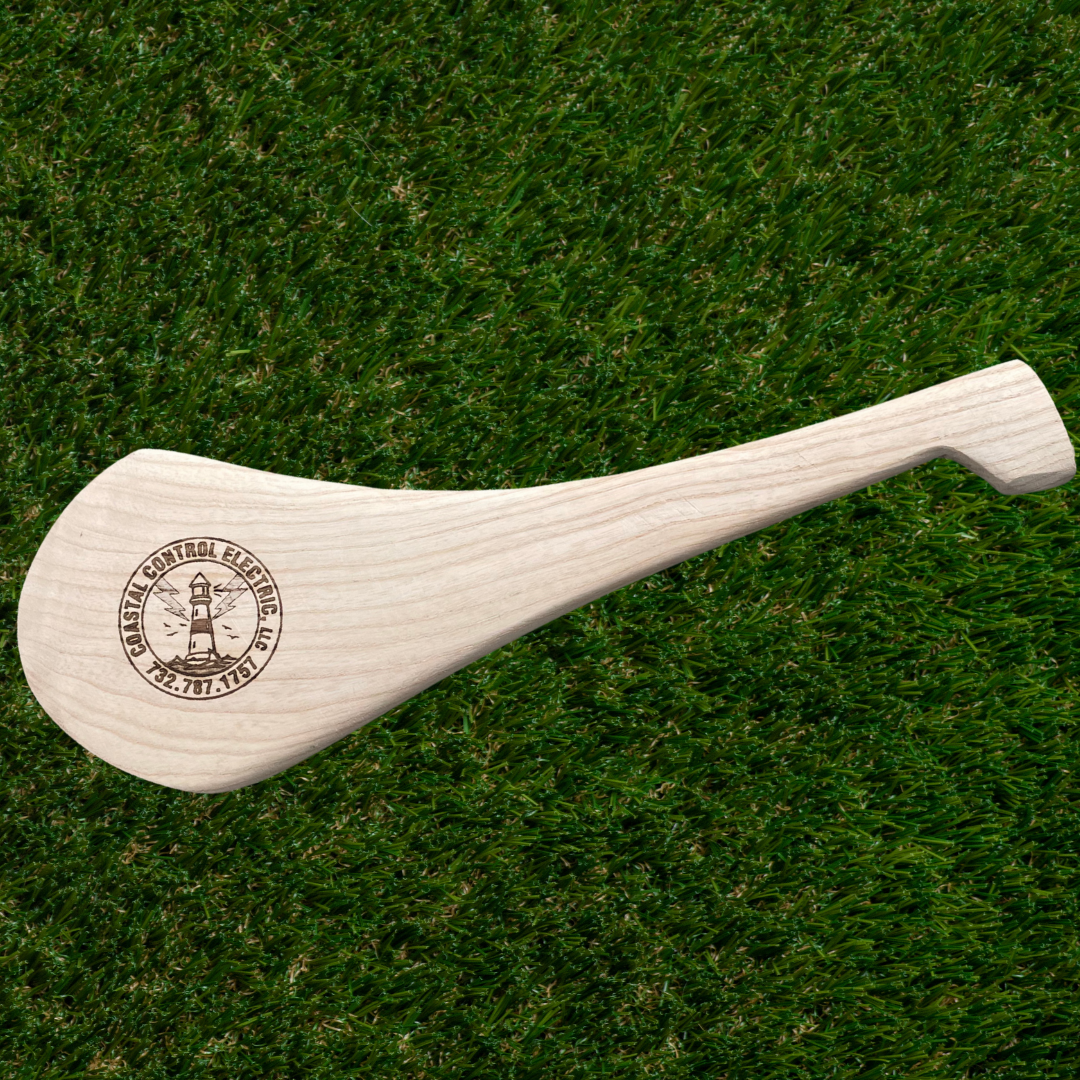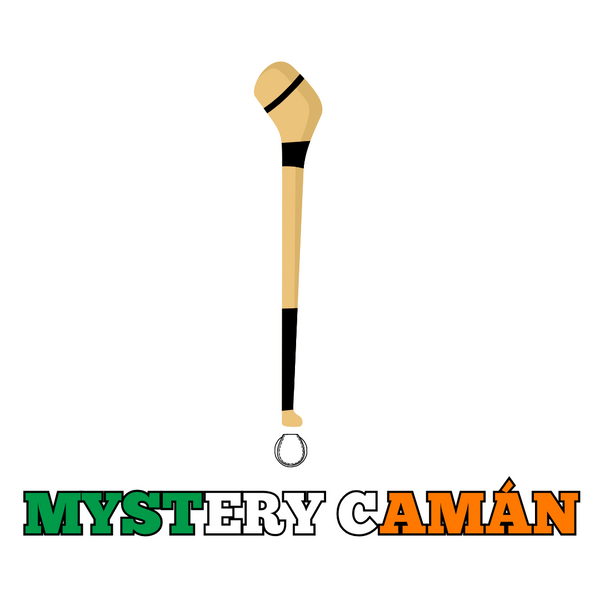
Share
The Hidden Costs of a Cheap Hurley: Why Bargain Buys Break Your Game
When the price feels too good
You see a hurley that’s half the usual price and think, maybe this one will do. It looks right enough. The shape’s the same, the colour’s fine, even the finish looks clean. So you buy it, thinking you’ve saved yourself a few euro. But you’ll feel the mistake soon. The stick doesn’t carry weight properly.
You notice it the first time you pull on a sliotar — the sound is flat, not that solid, full hit you expect. The handle twists a little too much, the strike doesn’t drive right. You keep telling yourself maybe it just needs a bit of play, but it never settles. The cheap hurley keeps showing small faults you can’t ignore for long.
You can’t fake feel
A proper hurley feels alive in your hand. It moves the way you move. You don’t fight it. Cheap hurleys never have that. They look the part, but once you lift them, you know. The balance feels wrong, the head pulls one way, the handle vibrates in your fingers. That dull, hollow sound when it hits the ball—it’s like hitting a stone with damp wood.
You lose touch, and your confidence goes with it. And you start to blame yourself for every bad strike when it’s not your form at all. It’s the stick not doing its job.
The timber tells the truth
Not all ash is good ash. Some trees grow fast, light, and soft. Makers that rush production use whatever timber’s around. They dry it too quick. It warps inside before you even play a game. Real hurleys are made from slow-grown ash, strong across the grain, shaped by someone who knows how it reacts. It’s not about making it look smooth. It’s about giving it strength and feel. Cheap hurleys skip that part. They’re cut by machines, shaped for display, not for play. A few weeks in, they lose shape, sometimes even twist after a wet day. You can’t fix that. Once it’s gone, it’s gone.
The cost you don’t see
People think saving money is winning. But a cheap hurley breaks quicker, and you’re back buying another before you know it. You end up spending more over a season than if you’d just bought one good one to start with. And it’s not only the money. Every time you change hurleys, you lose rhythm.
The balance is different, the weight feels new, and your timing resets. The touch you built fades. That’s what’s really expensive—the loss of consistency. You’re training yourself to adapt to failure instead of improving your game. It’s a slow cost, but it’s the one that stays.
Craft is what gives the hurley its heart
The shape of the bas, the curve at the neck, the taper of the handle—it’s all in the maker’s hands. Real hurley makers don’t guess. They understand weight, grain, and swing. They’ve felt it a thousand times. That’s why a handmade hurley feels natural. It moves with you, not against you. The balance stays steady. You don’t think about it while playing.
The cheap ones? They’re just carved from whatever’s left, given a coat of varnish, and sent out fast. You might not see the problem at first, but you’ll feel it every time you strike off-centre. The vibration runs through your arm, and you know something’s wrong.
Cheap gear changes how you play
When your hurley feels off, you start forcing your game. You grip tighter, hit harder, twist your stance a little to get more control. It doesn’t help. It just makes bad habits stick. A few weeks of that and your form starts shifting. You get used to compensating.
Then, when you finally pick up a good hurley again, it feels strange because your swing has adjusted around the bad one. That’s how cheap hurleys damage more than themselves—they change your motion, your timing, and your comfort with the game. It’s not dramatic. It just eats away quietly, bit by bit.
Spend once, stop worrying
A proper hurley isn’t about luxury; it’s about trust. You pick it up, and you don’t have to wonder how it’ll feel in a week. You know it will hold. It won’t chip every few sessions or lose its balance when wet. You strike with it, and it sounds right. That solid, full clap of ash meeting leather—the sound every player knows. You train better, you play better, and you stop thinking about the stick altogether. That’s what good equipment does. It disappears and lets you focus.
There’s no secret in it. It’s just choosing right once instead of wrong five times. Cheap hurleys are built fast; real ones are built with attention. The difference is what happens six months later—one still plays like new, the other’s in the bin.
If you care about your game and don’t want to keep starting over, you can find solid, balanced hurleys at Mystery Caman’s Hurleys for Sale. They don’t chase shortcuts. The wood’s seasoned, the shape is tested, and the build holds up through every strike. You’ll feel the difference the moment it hits your palm. That’s what lasts—the feel, the sound, the balance that doesn’t fade after a few games.
